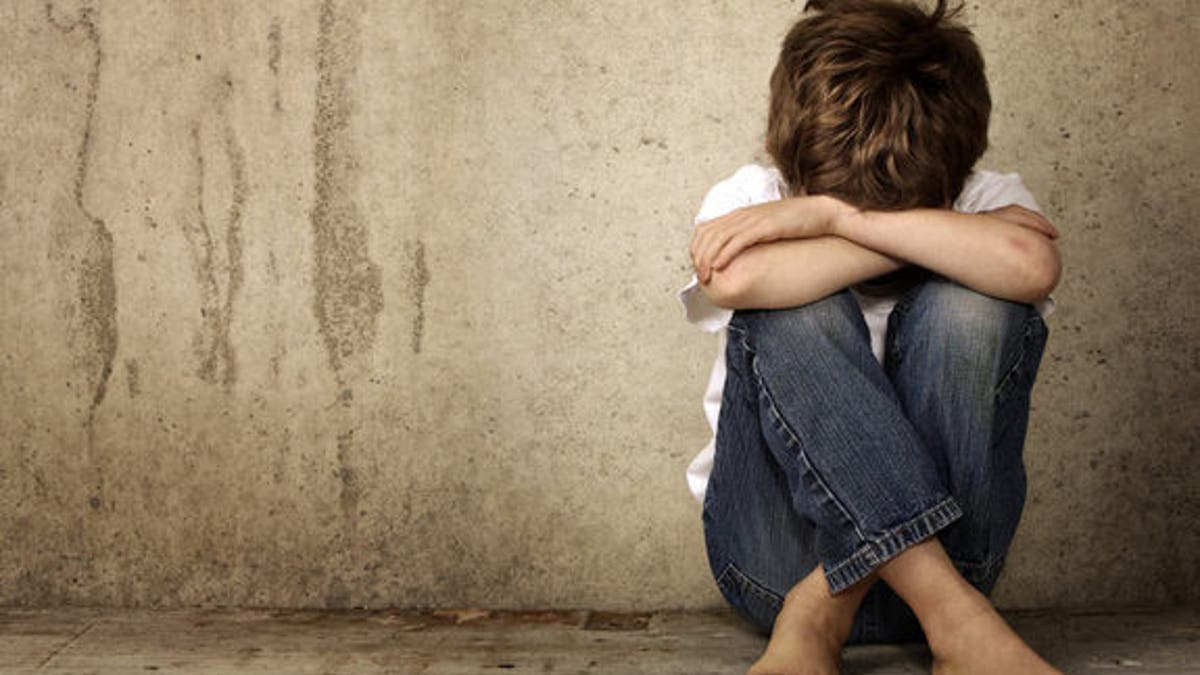
Despite frequent media reports of school shootings and child abuse, a new analysis says the amount of violence U.S. children are exposed to fell considerably during the past decade.
The reductions persisted even through the economic recession period from 2008 to 2011, indicating the hard times experienced by many families did not translate to an increase in violence.
"It should be encouragement to people who have been working on this problem," said David Finkelhor, director of the Crimes against Children Research Center at the University of New Hampshire in Durham.
"We're seeing an improving trend and an overall decline in the exposure to violence, abuse and crime among young people," said Finkelhor, who led the study.
The findings are based on three telephone surveys taken in 2003, 2008 and 2011 of children and teens between the ages of two and 17 years old. The surveys asked about whether children had been either victims or perpetrators of assorted violent behaviors.
Children between 10 and 17 years old answered the survey questions themselves, but parents of children under 10 years old answered on the child's behalf.
Of 50 types of violence measured, 27 declined during the study period.
The decreases were particularly significant for assault, which dropped by 33 percent from 2003 to 2011, bullying, which also fell by about a third, and sexual violence, which fell 25 percent.
The results are bolstered by similar significant declines in children reporting being the perpetrators of violence, or damaging or taking things that don't belong to them, the researchers note in the report published in JAMA Pediatrics.
Looking just at the recession years from 2008 to 2011, fewer categories of violence saw reductions (just 11 out of 50), but there were no significant increases in exposure to violence.
Finkelhor said the new findings jibe with statistics from other organizations, such as police reports and the National Crime Victimization Survey.
"There are multiple data points that give us some confidence in this direction that what we're seeing is not just a fluke," he said.
While study authors can't say why exposure to violence has decreased, they suggest a few possibilities, including anti-violence campaigns and fewer face-to-face interactions thanks to electronic media.
Another potential contributor, they note, is the more widespread use of psychiatric medications by both youth and adults.
"Such medication has been specifically targeted at children with aggressive behavior, which showed clear declines in this study," they write. Greater use by parents with depression or anxiety could also result in less family conflict.
"I think the declines should push us to look at what in the environment might have been changing to help explain why the declines have been so broad and affected children in so many different kinds of environments," Finkelhor said.
John Lutzker, who co-wrote an editorial accompanying the new study, said it's important to remember that the U.S. still has rates of violence higher than other developed countries. Also that children younger than two years old - not included in this study - are most at risk for death and maltreatment.
"All of this is not quite as rosy as it looks," Lutzker, director of Georgia State University's Center for Healthy Development in Atlanta told Reuters Health.
That should not detract from the new findings though. "These declines are not spurious," he said. "They're real and corroborated."
